Studying Turner in pastel and watercolour
Studying Turner in pastel and watercolour.
For this week’s pastel classes, I chose to use Turner’s paintings as inspiration for an exploration of water based paints and pastel. With so much contemporary art on the net, I increasingly want to go back and look at the Masters. When we talk about pastels being ‘modern’ it is interesting to look at these paintings done in the late 18th century and early 19th century. The freedom and energy in Turner’s brush strokes, his continual striving for new and original subjects, can be inspirational to us now. What becomes obvious when copying from his work, is the strength of the underlying classical composition and the subtle control of tonal values. If we want to understand how extremes of dark and light bring the foreground closer and close variations of tone express distance, studying Turner’s paintings such as ‘Agrippina Landing with the Ashes of Germanicus’ can teach us so much. Turner himself learnt initially by copying the work of established artists. He was inspired by the seventeenth century French artist Claude Lorrain and his celebrated paintings of imaginary seaports in which the eye is expertly drawn away from the foreground figures towards the rising or setting sun.
Three afternoon pastel classes worked on this project. I had the impression that everyone felt as absorbed as I did.
Of first importance was preparing the surface properly. Taping down the pastelmat onto a board to allow for free brush control and lightly drawing in a grid with pastel crayon to help place the composition. Apart from this, there was very little drawing. We worked with the paper flat, using inks, acrylics, gauche and/or watercolour paints and a large soft brush. Some white ‘body colour’ is also important, particularly as we were painting onto tinted paper. The pastelmatt absorbs paint beautifully, the paint spreads and mixes on the page, creating soft edged colour gradations. No details were laid down at this stage. It can be interesting to sprinkle pastel dust into the wet paint and to make bold strokes with the stick, watching it absorb.
Turner was said to use his fingers as well as brushes, to pour water onto the page, to scratch and rip the surface, anything to obtain the effects of light, movement and energy in his later works.
Although we live miles from the city and major galleries, it struck me what an incredible recourse we have, being able to print out and study images of artist’s such as Turner.
For our next pastel lesson I would like us to continue with pastel and watercolour, taking this style into our own vision more thoroughly by using our individual photographs. For myself I’m thinking of an adaptation of the Lot river and Cahors reflected. I am looking towards a freedom where the class is not copying their photographic image slavishly, but rather adapting their image to the composition they want and also sticking to the limited palate adapted by Turner; prioritising light, movement, space and depth over detail.
Please do comment if you enjoyed the class last week, and suggest ideas for other artists we might study!

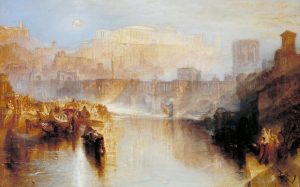
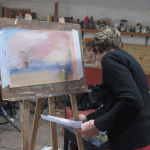
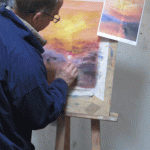
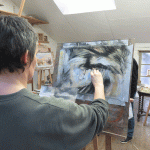
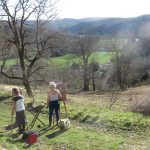 Previous Post
Previous Post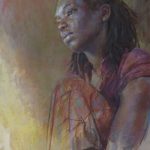 Next Post
Next Post